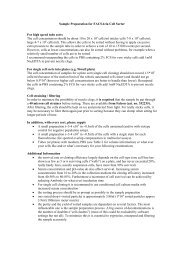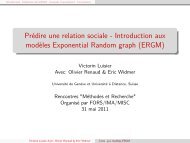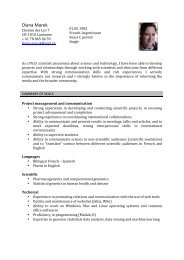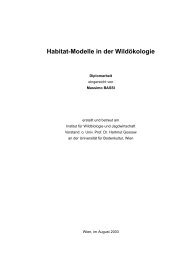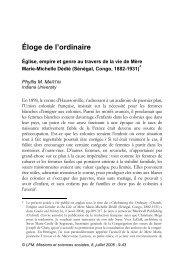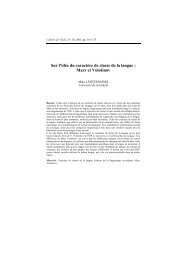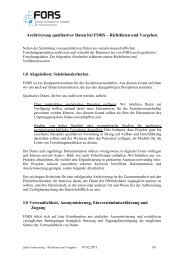conference programme book - European Survey Research ...
conference programme book - European Survey Research ...
conference programme book - European Survey Research ...
Create successful ePaper yourself
Turn your PDF publications into a flip-book with our unique Google optimized e-Paper software.
60 TUESDAY 19 JULYAccording to the labor market compeon theory, low-skilled naonals in developed countries are more likelyto have an-immigrant atudes because of fears about labor market compeon, especially in mes of economicdownturns. Other studies also point to educaon as the main driving force behind naonals’ posiveatudes towards migrant workers. Most of the studies trying to explain naonals’ atudes towards migrantworkers are based on surveys which ask quesons about immigrants regardless of their skills levels. Under thisformat, we do not know which of the two groups of migrant workers (high-skilled or low-skilled) respondentsrefer to when answering the survey quesons. Consequently, it is difficult to dissociate naonals’ atudestowards the various sub-groups of migrant workers...1.34.2 Does survey mode affect propensity to report perceived racial and ethnic discriminaon in healthcare? Findings from a culturally diverse sampleJ. Kemmick Pintor 1 , D. McAlpine 1 , T. Beebe 21 University of Minnesota School of Public Health, United States; 2 Mayo Clinic - Dept. of Health Sciences <strong>Research</strong>,United StatesObjecve: To examine the effect of survey mode (mail vs. telephone) on the likelihood of reporng healthcare-related discriminaon based on race or skin color in a culturally diverse sample.Methods: Data come from a mixed-mode, mail and telephone survey of adult enrollees in public health careprograms (N=2194) in a Midwest U.S. state. The survey oversampled diverse cultural groups; the final samplerepresented the American Indian, Somali, Hmong, African American, Lano, and <strong>European</strong>-American popula-ons. Perceived discriminaon was measured as experience of discriminaon due to race or skin color duringhealth care visits in the past year. Significant mode effects were tested controlling for differences betweenrespondents who completed the survey by phone or mail (age, gender, educaon, primary language, and employment,marital and health status).1.34.3 Measures for Desirability Beliefs about Atudes toward Foreigners and Their Predicve Validityfor Social Desirability BiasV. Stocké 11 University of Bamberg, GermanyHow respondents perceive answers to be evaluated must be regarded as an important determinant for thestrength and direcon of social desirability bias. Despite of the importance of these desirability beliefs thequeson how to measure them has received lile aenon. In the case of connuous traits, as for example theatude toward foreigners, different measures for these beliefs are possible. These are on the one hand ’onepointmeasures’, capturing either the ancipated evaluaon of an extremely posive or an extremely negaveatude answer. The validity of both measures presupposes the neutrality assumpon to be empirically given.Accordingly, posive or negave evaluaons of the respecve trait to represent a valid measure for the strengthand direcon of incenves for socially desirable response behavior, assumes the complementary trait to beneutrally evaluated...1.35 <strong>Survey</strong>ing children and young people IITo be held on July 19, 2011 from: 16:00 to 17:30, in room 321.Coordinated by:• Lisa Calderwood - Centre for Longitudinal Studies, Instute of Educaon, University of London, UnitedKingdom• Kate Smith - Centre for Longitudinal Studies, Instute of Educaon, University of London, United Kingdom



